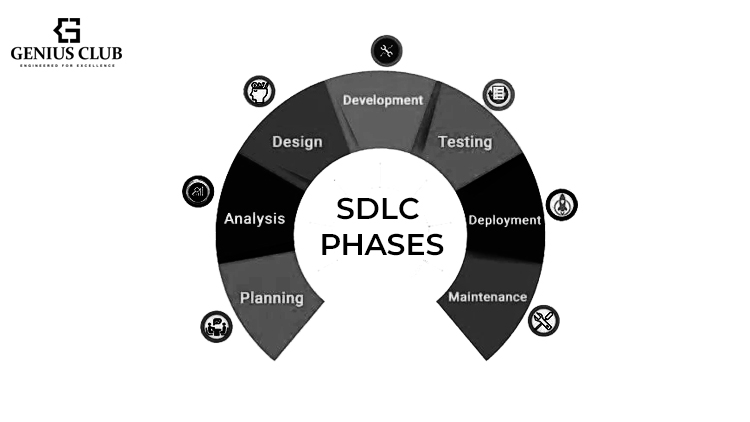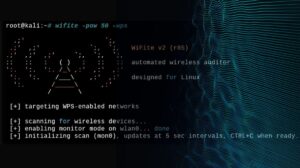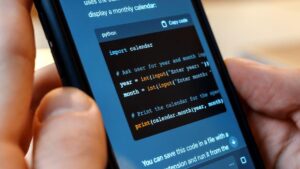Software Development Life Cycle
6 min read
What Is Software Development Life Cycle?
In systems engineering, information systems, and software engineering, the software development life cycle, also referred to as the application development life-cycle, is a process for planning, creating, testing, and deploying an information system.

Software development Life Cycle consists of a detailed plan describing how to develop, maintain, replace and alter or enhance specific software. The life cycle defines a methodology for improving the quality of software and the overall development process
Why the Software Development Life Cycle is important
Did you know that 85% of software projects run over schedule? And The process of developing software solutions is difficult and often long and expensive operation. SDLC or the Software Development Life Cycle is a process that produces software with the highest quality and lowest cost in the shortest time possible.
SDLC provides a well-structured flow of phases that help an organization to quickly produce high-quality software which is well-tested and ready for production use. Also, that when the life cycle is done right, it sets a clear path for everyone involved in the development process to arrive at their goal.
Furthermore, not only does the SDLC process clearly define the goal and the path toward it, but it also doesn’t rely on any single person.
Also, since SDLC provides a well-documented trail of the project, things won’t instantly crash and burn if a key person leaves before the project is done.
Instead, their replacement can jump straight in without any difficulties.
At this point, I think you already know what the SDLC is and also its importance!
You might like also to know how to become an ethical hacker
Software Development Life Cycle phases.
The Software Development Life Cycle (SDLC) refers to a methodology with clearly defined processes for creating high-quality software. In detail, the SDLC methodology focuses on the following phases of software development:
- Planning
- Requirement Gathering and Analysis
- Software design such as architectural design
- Implementation and Coding The Software
- Testing
- Deploying The Software
- Maintaining and Managing The Software
you may also like 6 common programming mistakes to avoid for best result
How does Software Development Life Cycle work?
SDLC works by lowering the cost of software development while simultaneously improving quality and shortening production time. Also, SDLC achieves these apparently divergent goals by following a plan that removes the typical traps of software development projects.
That plan starts by evaluating existing systems for deficiencies.
also, it defines the requirements of the new system. It then creates the software through the stages of analysis, planning, design, development, testing, and deployment.
By anticipating costly mistakes like failing to ask the end-user or client for feedback, SLDC can eliminate redundant rework and after-the-fact fixes.
It’s also, important to know that there is a strong focus on the testing phase. As the SDLC is a repetitive methodology, you have to ensure code quality at every cycle. Many organizations tend to spend little effort on testing while a stronger focus on testing can save them a lot of rework, time, and money. Be smart and write the right types of tests.
Next, let’s explore the different stages of the Software Development Life Cycle.
You may also like to know how to install python on windows properly
The 7 Stages Of A Software Development Life Cycle, Explained
Planning
“What are the current problems?”
This stage of the SDLC means getting input from all stakeholders, including customers, salespeople, industry experts, and programmers. Learn the strengths and weaknesses of the current system with improvement as the goal.
Requirement Gathering and Analysis
“What do we want?”
At this stage of the SDLC, the team determines the cost and resources necessary to implement the analyzed requirements.
It also details the risks involved and provides sub-plans to eliminate those risks.
In other words, the team needs to determine the feasibility of the project and how they can successfully implement it with the lowest risk in mind.
Software design such as architectural design
“How will we get what we want?”
This phase of the SDLC starts by turning the software specifications into a design plan called the Design Specification. After collecting and analyzing important information in the previous stage, the enterprise software development company moves on to the second stage — design.
This stage of the software development process starts with the design of software solutions. Also, it depends on the type of software being created, this can include interface designs, user experience (UX) outlines, prototypes, and more. Software development firms must specify the system and hardware requirements.
You might also, like to know basic Linux commands for beginners to advance
Implementation and Coding The Software
“Let’s create what we want.”
Following design, software developers can move to the third stage of SDLC — implementation and coding. In this phase, the software design is translated into the source code, the actual development starts.
It’s important that every developer sticks to the agreed blueprint. Also, make sure you have proper guidelines in place about the code style and practices. This step is often the longest in the entire life cycle and that is because developers must ensure that the code is correct before they make it live.
This is also, why it is not a surprise for developers to return multiple times to this phase if the tests find any issues.
You may also, like to know why to learn python in 2021
Testing
“Did we get what we want?”
this is the stage for testing defects and deficiencies. We fix those issues until the product meets the original specifications. Software can’t function properly if its code is broken. To ensure that is the case, the software development company must test the code several times if needed.
Only when developers are sure the code is error-free, can they show it to the user.
Throughout this stage, the source code will go through a number of tests, including functional and non-functional ones, such as system, integration, unit, acceptance, etc.
If a test reveals an error, bug, or any other issue, that needs to be fixed then and there before moving to the next stage. In short, we want to check if the code meets the expected requirements.
You may also like python GUI’s libraries that you should know
Deploying The Software
“Let’s start using what we got.”
So, the product is tested and it is bug-free. That means the software development company can finally show it to the user. This still doesn’t mean the software is ready for release. Instead, it first has to go through UAT (User Acceptance Testing) to see if it matches the user expectations.
Then, if it does and the customer gives the green light, the software leaves the beta testing phase and can go live.
Maintaining and Managing The Software
“Let’s get this closer to what we want.”
Once the software goes live, there is still a lot of work in the development life cycle. Some problems might only rear their ugly head only when the software is put through the rigours of actual use.
That’s why, in this stage, the software development company must maintain constant communication with the user through customer support channels, either via phone, email or chatbot, for example.
In addition, because the software has now left the safe testing and development zone and has gone live, it will automatically become a potential target for different malicious cyber-attackers. To prevent hackers from exploiting any vulnerabilities, you also need to take a close look at cyber-security. Cyber-security should be always in your focus as attacks of this kind increase every year.
You may also like to know in the middle attack and how to prevent it







Coool
you are actually a excellent webmaster. The web site loading velocity
is incredible. It kind of feels that you’re doing
any distinctive trick. Also, The contents are masterpiece.
you’ve performed a great activity in this matter!
Fantastic post however I was wondering if you could write
a litte more on this subject? I’d be very thankful if you could
elaborate a little bit further. Kudos!